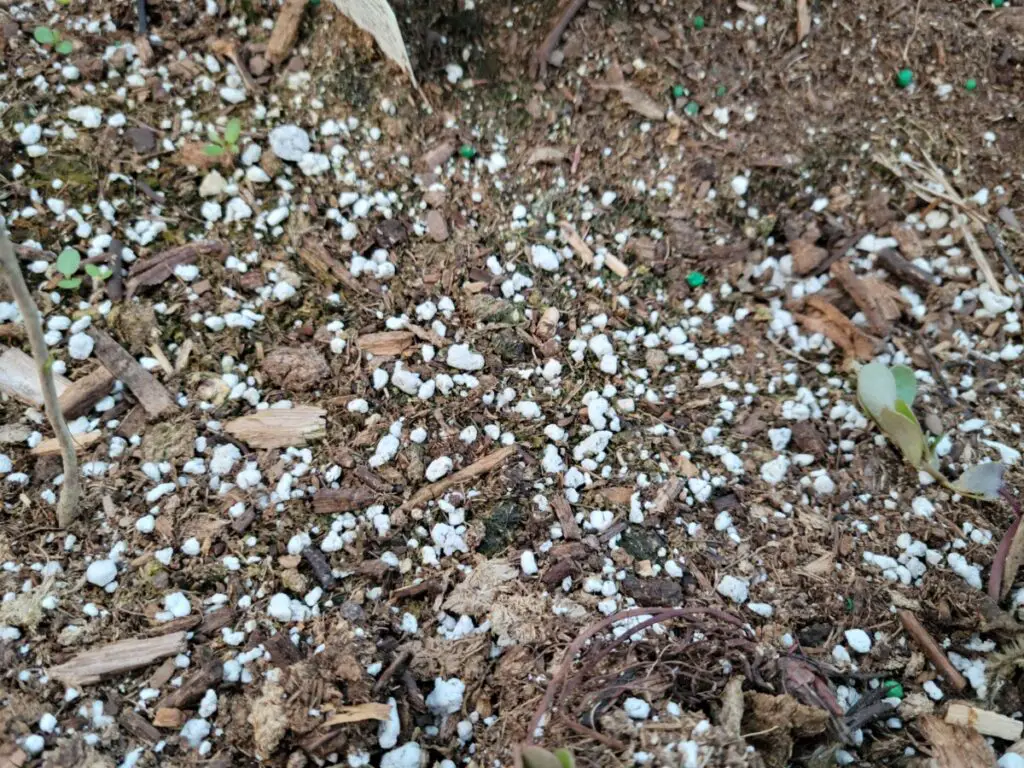
Which Is Better Potting Soil Or Garden Soil?
On average potting soil is best used in garden pots or baskets because it is designed with water retention in mind. Garden soil is best used in garden beds because it is designed with soil enrichment as its purpose. To break this question down further lets look at why these soil types are different.
What is garden soil used for? Garden soil contains a mix of top soil, compost and other organic filler. The idea behind using garden soil is to apply it to your nature soil as means to improve it. Garden soil will help losing clay soils or firm up sandy soils. While adding nutrients and micro organisms that your soil may be missing. As gardeners one of our main goals is to achieve the best possible conditions for our plants to grow in. Garden soil is designed to achieve that. So think of garden soil as an amendment to make your natural soil better. Check out this post of other garden soil amendments.
Can Potting soil be used as garden soil? The question you most likely want to know is will potting soil work in your garden beds. The short answer is yes. However there are some draw backs. Potted plants need soil to drain well so in heavy rains the plants are drowned. They also need water retention to combat dry spells. Potting soil is made with a mix of Perlite and peat moss these ingredients make the soil both well draining while still being able to hold stores of moisture. So why might you not want to use potting soil in your garden beds? One of the big problems is many plants in a garden bed need a firmer and wetter medium to grow in. Potting soil is often to loose to support bigger plant roots. It also dries out faster than garden soil on the surface making it a poor option for shallow rooted plants in garden beds.
You can use both garden soil and potted soil in your garden beds you just need to provide more water to the potting soil and amend the soil with a compost since potting soil lacks in the beneficial organism that garden soil provides. I recommend using a good garden soil over potting soil in your garden beds.
What Is Topsoil Used For?
Your next question might be what about topsoil? Topsoil is soil created on the top layer of the ground. Topsoil has no additives except the natural organisms and nutrients created from leaves and other debris breaking down over time. The main purpose of topsoil is to replace eroded and lost soil in your garden or add the volume of available soil to any giving space.
Is topsoil good for garden beds? The short answer is no. You can amend topsoil with compost to create a great rich soil for your garden beds but garden soil is already created with that in mind. The cost difference between topsoil and garden soil are so small that by the time you add the needed soil amendments you will be at the same cost and save no money. If you have a large area to fill with soil you can always use topsoil as a base covering with a good quality garden soil on top. I recommend you cover the topsoil with at least 6 inches of good garden soil or the topsoil underneath could sap away many of the added nutrients from the garden soil.
| Soil Type | Soil Use |
| Topsoil | Used as filler, lacks additives such as compost |
| Garden Soil | For garden beds, has additives to help amend the soil |
| Potting soil | For garden pots or baskets, has perlite and peat moss for water retention and drainage |
| Compost | Is an organic additive to increase the natural microorganisms in your soil |
Should I Use Soil Or Compost?
If you have plenty of good natural soil in your garden beds, then compost should be used to amend them. If you need to add soil volume because your soil is eroded or in poor condition then adding a layer of quality garden soil is probably the way to go.
Do I need to add compost to soil? It is considered a good garden practice to add amendments to your soil annually. This will ensure that the nutrients used by your previous years plants along with any washed away by weather conditions are replaced. Compost is one of the most affordable and easiest ways to do this rather your create your own for free or buy and spread annually. Find out more about compost in this post.
How often should you add compost to your garden? There are two common approaches to how often to compost a garden. The first and most common is to add a light layer of compost every spring. This allows you to monitor plants and see which ones show signs of nutrient efficiencies. By monitoring your plants and testing your soil regularly, annual applications can be done where needed. The second approach is to apply a thicker layer of at least 3″of compost every 2-3 years. This is often done in the fall and offers some weed suppression for the following spring. The negative to this is it can often lead to over fertilizing. To much fertilizer at once can harm plants and throw the pH of the soil off. What’s the best pH for garden soil? Find out here. It is better to take a slower process allowing your plants to adjust and take advantage of the nutrients you are providing. Giving the micro organisms in the soil time to break down the material provided will also add a thriving micro biology to you soil for long term benefits.
This post contains affiliate links. If you make a purchase through these links, we may receive compensation at no additional cost to you.

